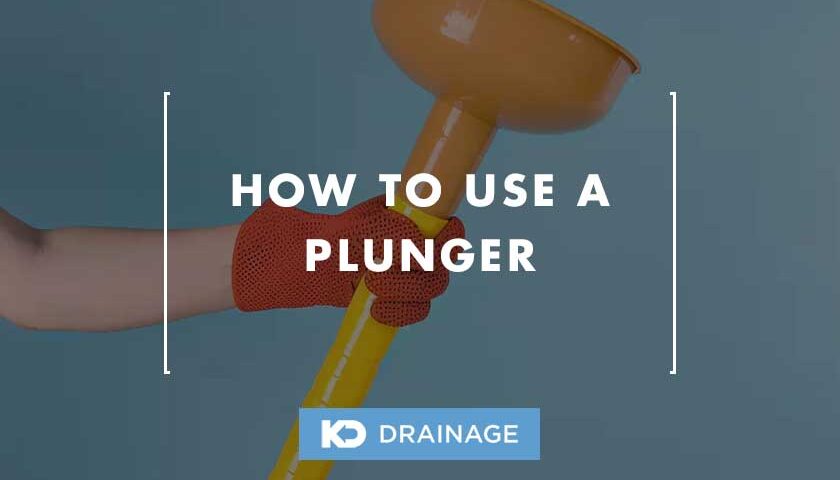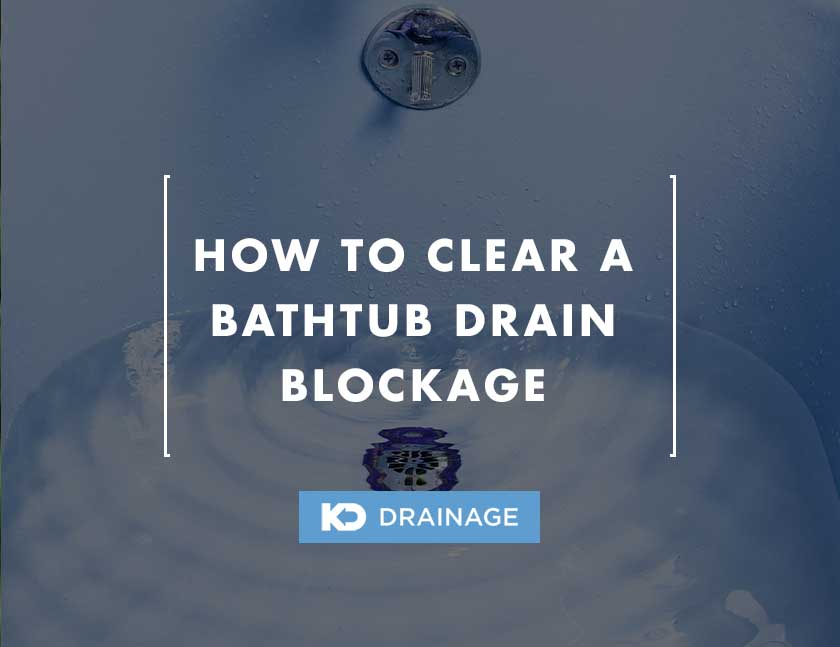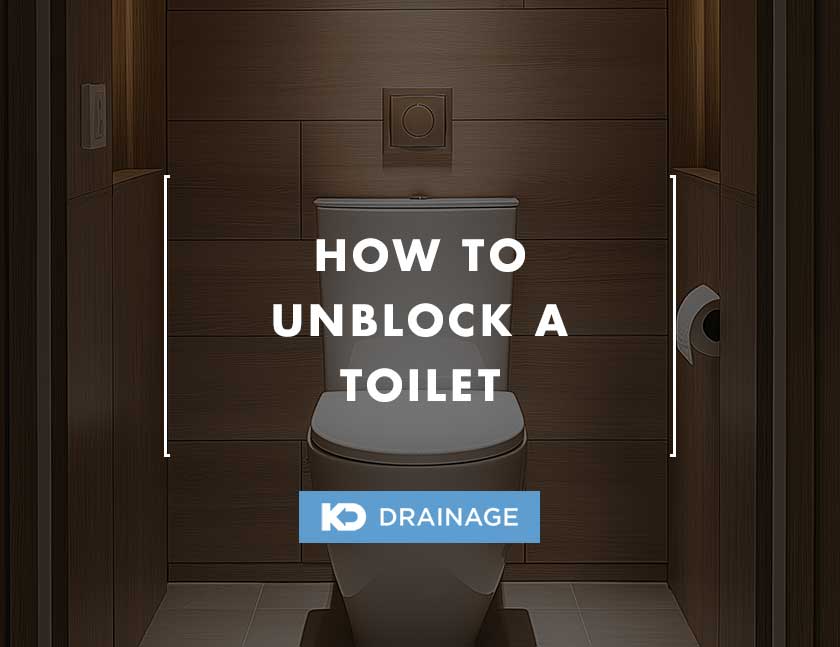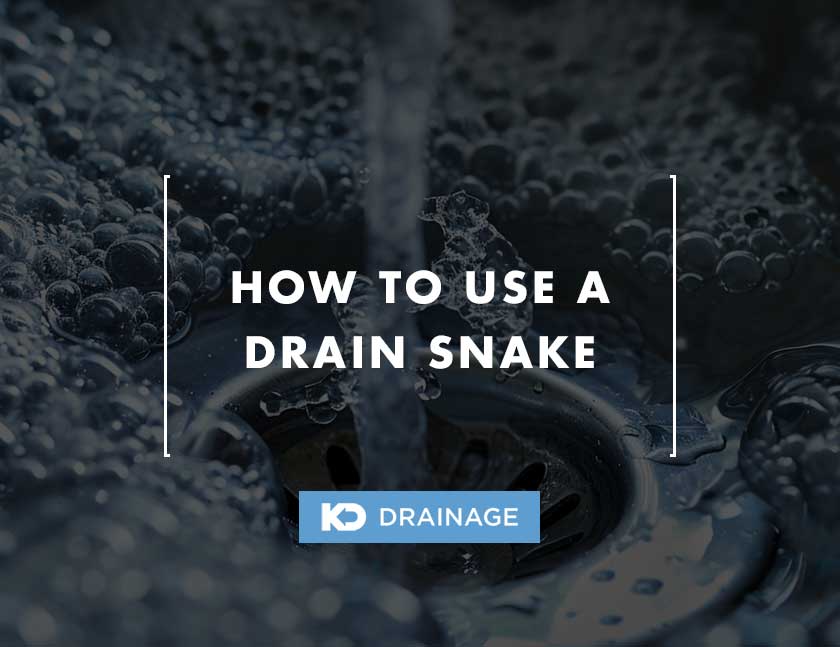
How to Use a Drain Snake
1 June 2024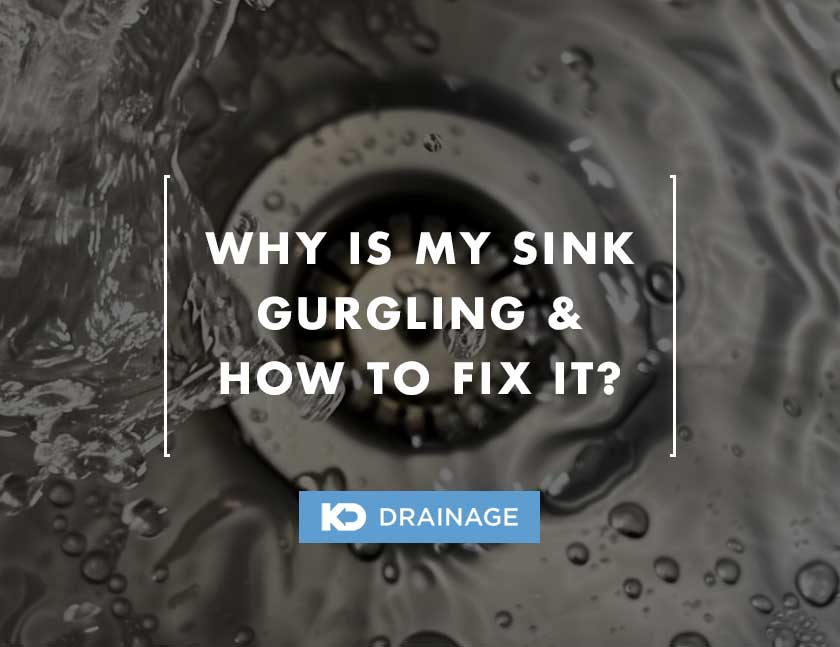
Why is My Sink Gurgling & How to Fix It?
1 August 2024How to Use a Plunger
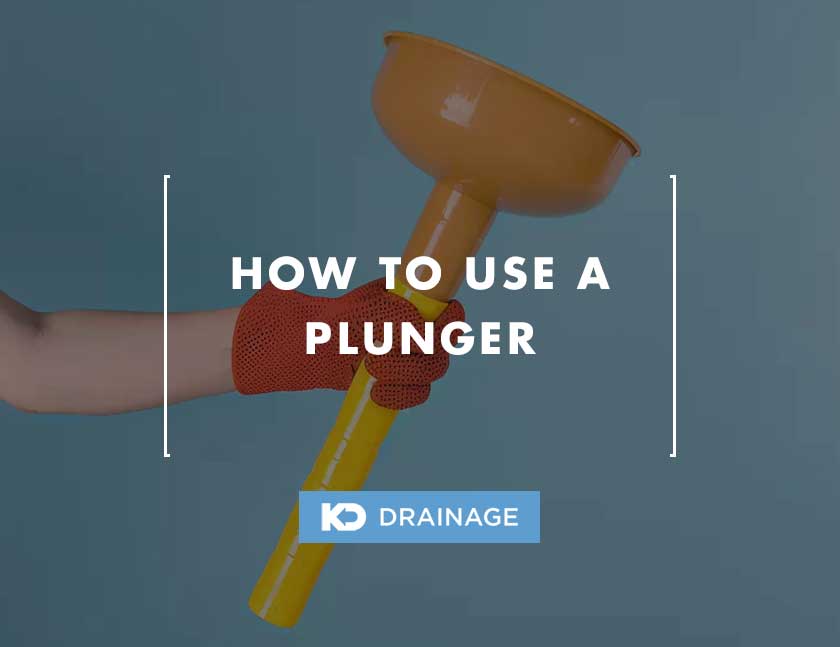
If you’ve ever had the misfortune of dealing with a clogged sink or toilet, you know just how frustrating and inconvenient it can be.
The water refusing to drain, the unpleasant odours, and the fear of potential water damage can make for a stressful situation.
However, there is a simple and affordable solution right at your fingertips: a plunger.
But the common question is ‘how do you use a plunger?’
In this article, we’ll walk you through everything you need to know about using a plunger to clear those pesky clogs and get your plumbing back in working order in no time.
Also, we’ll cover possible risks when using a plunger and alternatives, for when a plunger just doesn’t do the trick.
Table of Contents
What is a Plunger Used for?
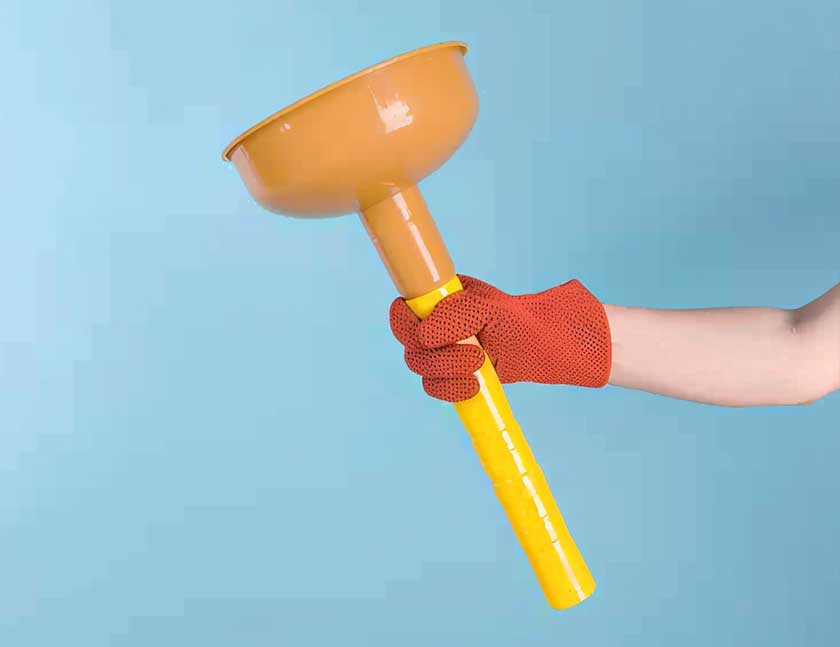
A plunger is a simple yet effective tool used to clear clogs in drains.
Whether it’s a clogged sink or a backed-up toilet, a plunger can often save the day.
The basic principle behind a plunger is creating suction to dislodge blockages and allow water to flow freely again.
When a drain becomes clogged, it’s usually due to a buildup of hair, grease, food particles, or other debris.
This blockage prevents water from flowing through the drain properly, leading to backups and overflows.
That’s where the plunger comes in.
By creating a seal over the drain opening and using a combination of pressure and suction, a plunger can help break up and dislodge the clog, allowing water to drain away as it should.
Plungers are relatively inexpensive and easy to use, making them a must-have tool for any homeowner.
Whether you’re dealing with a minor sink clog or a stubborn toilet blockage, a plunger can often resolve the issue quickly and efficiently, saving you time, money, and the hassle of calling a plumber.
Different Types of Plungers
There are several types of plungers available, each designed for specific types of drains.
The three most common types of plungers are cup plungers, flange plungers, and accordion plungers.
Cup Plungers
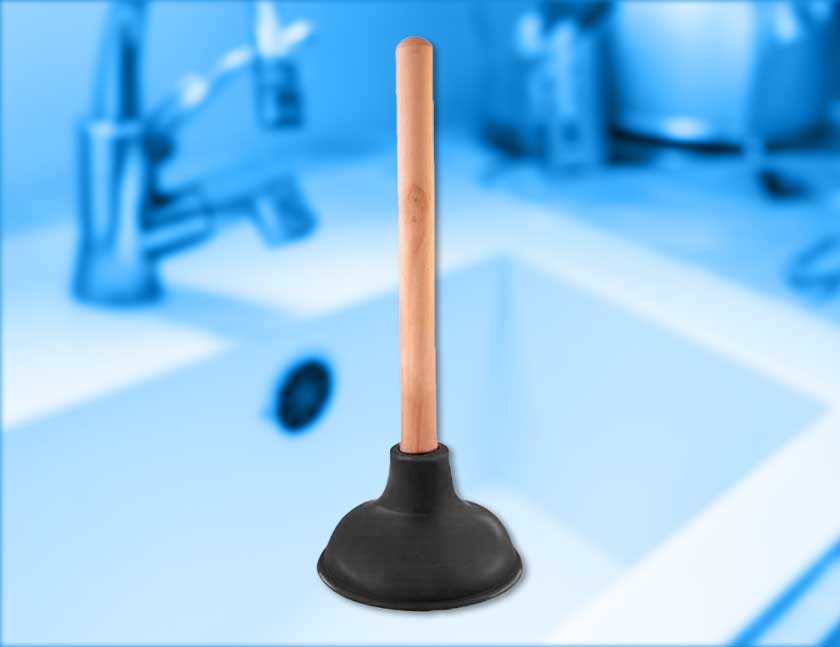
Source: Amazon
Cup plungers, also known as sink plungers, are the most commonly used type of plunger.
They are best suited for use on flat surfaces, such as sinks, tubs, and shower drains.
Cup plungers have a rubber cup that creates a seal over the drain opening, allowing you to create the necessary suction to clear the clog.
The rubber cup is typically made of durable, flexible rubber that can conform to the shape of the drain opening, ensuring a tight seal.
Flange Plungers
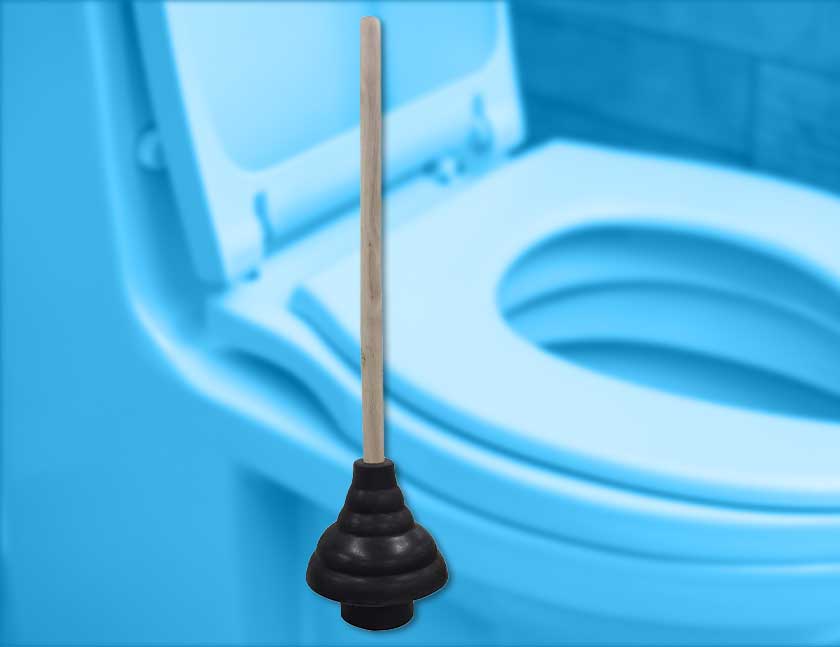
Source: Amazon
Flange plungers, also known as toilet plungers, are specifically designed for use on toilets. They have an additional piece of rubber, called a flange, that extends from the bottom of the cup.
The flange is designed to fit securely into the toilet drain, creating a tight seal that allows you to generate the necessary suction to clear the clog.
Flange plungers are often more effective on toilets than cup plungers because they create a better seal over the larger drain opening.
Accordion Plungers
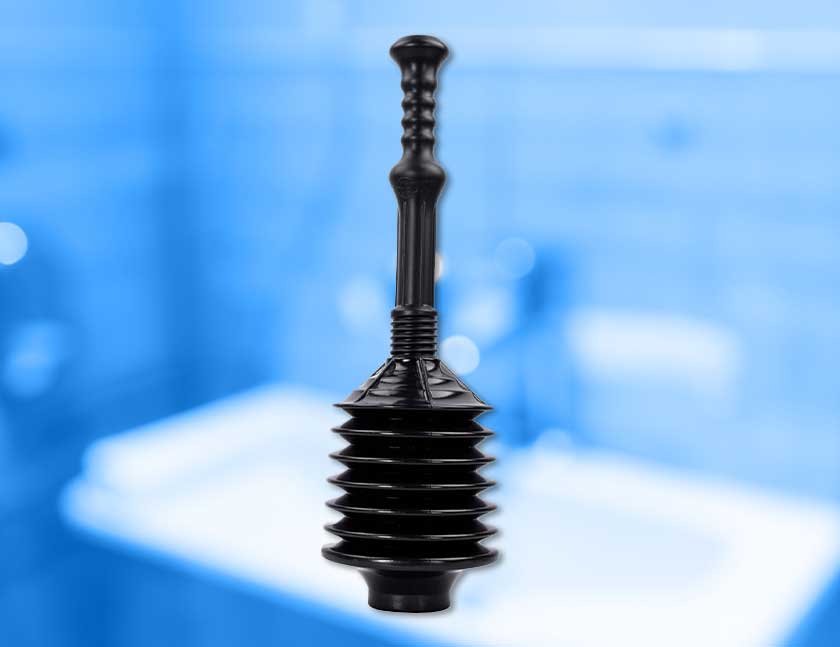
Source: Amazon
Accordion plungers, also known as bellows plungers, are another type of plunger commonly used for toilets.
They have a bellows-shaped rubber cup that compresses and expands like an accordion when you push and pull on the handle.
Accordion plungers are designed to generate a greater amount of force with each plunge, making them more effective at clearing stubborn toilet clogs.
However, they can be more difficult to use than traditional cup or flange plungers, as they require more effort to operate effectively.
How to Use a Plunger on a Sink
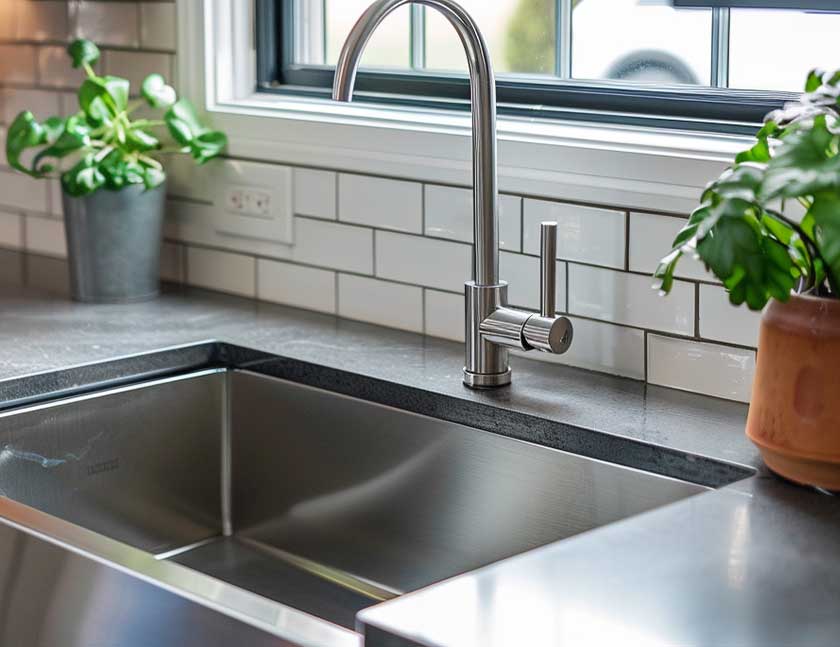
When you need to unblock a sink, using a plunger can be an efficient way to clear it.
Prepare the Area
Before you begin plunging, it’s important to prepare the area around the sink.
Make sure there is enough water in the sink to cover the bottom of the plunger.
If there isn’t, add some water until the plunger’s cup is submerged.
Create a Seal
Place the plunger over the drain opening, making sure the rubber cup completely covers it.
Press down firmly to create a seal between the plunger and the sink.
You want to ensure there is no air escaping around the edges of the plunger.
Plunge Up and Down
With a tight seal formed, push the plunger down firmly, then pull it up quickly to create suction.
Repeat this up-and-down motion for about 20-30 seconds, maintaining a tight seal over the drain.
The goal is to dislodge the clog by alternating between pressure and suction.
Check the drain
After plunging, remove the plunger and run water to see if the clog has been cleared.
If the water drains away freely, then you’ve successfully cleared the blockage.
If not, you may need to repeat the plunging process several times until the clog is completely cleared.
Tips for using a sink plunger
- Keep the seal tight: Ensure the plunger’s cup is fully covering the drain opening to create a tight seal.
- Use steady pressure: Apply steady, even pressure when plunging to create effective suction and dislodge the clog.
- Be patient: It may take several attempts to fully clear the clog, so don’t be discouraged if it doesn’t work right away.
How to Use a Plunger on a Toilet
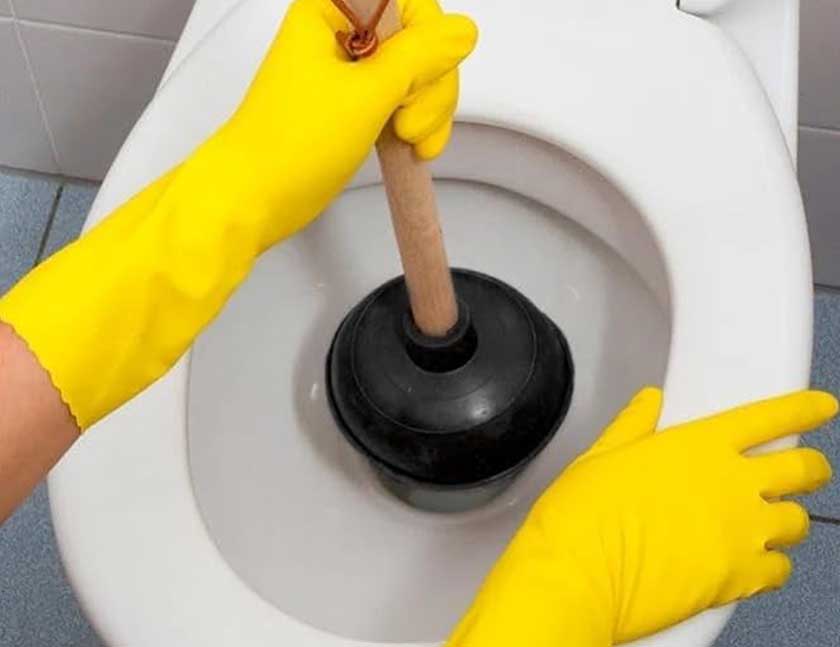
Source: Amazon
Using a plunger to clear a blocked toilet can be easier and cheaper than other methods.
Position the Plunger
Start by positioning the plunger over the toilet drain.
Ensure that the flange, the extra rubber piece at the bottom of the plunger, extends into the drain pipe.
This will help create a tight seal and improve suction.
Create a Seal
Press the plunger down firmly into the toilet bowl to create a tight seal between the plunger and the porcelain.
You want to make sure there is no air escaping around the edges of the plunger.
Plunge with Force
Using both hands, push the plunger down forcefully, then pull it up quickly to create suction.
Repeat this motion several times, using strong and even strokes.
The goal is to dislodge the clog by alternating between pressure and suction.
Check for Success
After plunging, flush the toilet to see if the clog has been cleared.
If the water drains away and the toilet flushes properly, then you’ve successfully cleared the blockage.
If not, you may need to repeat the plunging process several times until the clog is completely cleared.
Tips for Using a Toilet Plunger
- Use the right plunger: Make sure you’re using a flange plunger specifically designed for toilets. This type of plunger is more effective at creating a tight seal and generating suction.
- Use the right technique: Use both hands to apply steady, even pressure when plunging to create effective suction and dislodge the clog.
- Patience is key: It may take several attempts to fully clear the clog, so don’t be discouraged if it doesn’t work right away.
Risks When Using a Plunger
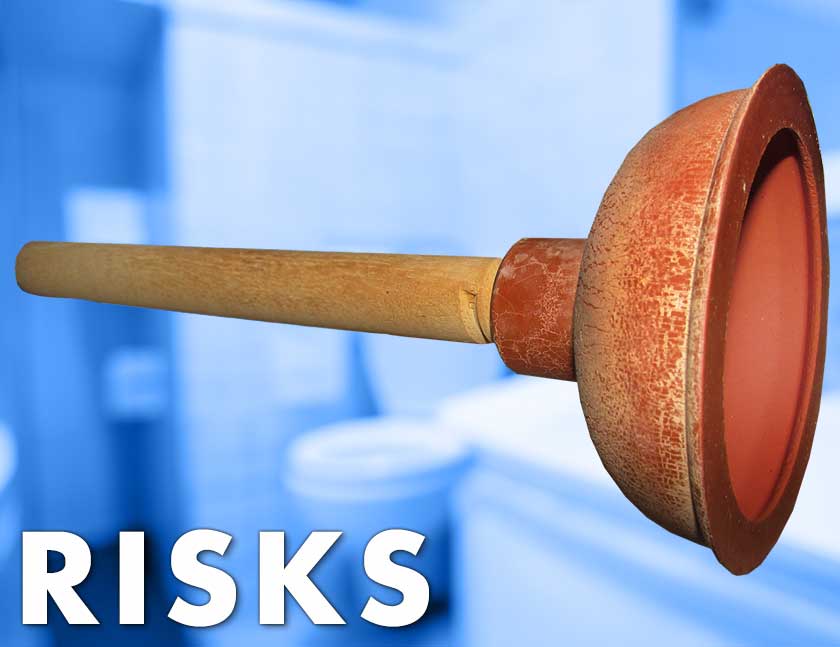
While plungers are generally safe to use, there are some risks to be aware of:
Splashback
Plunging vigorously can cause water and debris to splash back, potentially getting on your clothes or skin.
To minimise the risk of splashback, make sure to use a controlled motion when plunging.
Damaging Pipes
Using too much force can damage older or fragile pipes, leading to leaks or further blockages.
Avoid using excessive force when plunging, especially if you have older plumbing.
Incomplete Clearing
If the clog is particularly stubborn, plunging may not be enough to clear it completely. In some cases, you may need to use additional methods to fully clear the blockage.
Hygiene Concerns
Plunging a toilet can be a messy job, and there is always the risk of coming into contact with harmful bacteria and germs.
Make sure to wear gloves and wash your hands thoroughly after using a plunger to minimise the risk of infection.
Damage to the Toilet
Using the wrong type of plunger or using excessive force can cause damage to the toilet bowl or the wax seal.
Always use a flange plunger specifically designed for toilets, and avoid using excessive force when plunging.
Strain and Injury
Repeatedly plunging a drain can put strain on your back, arms, and shoulders, leading to muscle fatigue and potential injury.
Take breaks as needed and avoid overexerting yourself when using a plunger.
Alternatives to Using a Plunger

While plungers can usually be effective at clearing a blocked drain, sometimes alternatives are needed.
Some of the most useful alternatives are:
Drain Snake
A drain snake, also known as a drain auger, is a long, flexible tool that can be used to manually remove clogs from drains.
Insert the snake into the drain pipe and rotate it until you feel resistance. Then, continue rotating the snake until the clog is broken up and can be flushed away.
Baking Soda
A mixture of baking soda and vinegar can sometimes help dissolve minor clogs in drains.
Pour a cup of baking soda followed by a cup of vinegar down the drain, then wait for it to fizz and bubble.
After about 30 minutes, flush the drain with hot water to help clear the clog.
Boiling Water
Pouring boiling water down the drain can sometimes help loosen and flush away minor clogs.
Simply bring a pot of water to a boil, then carefully pour it down the drain in two or three stages, allowing it to work for a few seconds between each pour.
Chemical Drain Cleaner
Chemical drain cleaners can be effective at clearing stubborn clogs, but they should be used with caution as they can be harmful to both your plumbing and the environment.
Follow the manufacturer’s instructions carefully and avoid using chemical drain cleaners if you have a septic system.
Call a Professional
If you’re unable to clear the clog yourself or if you’re dealing with a particularly stubborn or persistent blockage, it may be time to call a professional plumber, such as us here at KD Drainage, for assistance.
A plumber will have the tools and expertise needed to clear the clog quickly and effectively, without causing damage to your plumbing.
Conclusion
Hopefully you now have an understanding of exactly how to use a plunger.
A plunger is a simple yet effective tool for clearing clogs in sinks and toilets.
By following the steps outlined in this guide, you can quickly and easily clear most minor blockages yourself.
Remember to choose the right type of plunger for the job and follow the proper technique for maximum effectiveness.
However, if you encounter a stubborn clog that won’t budge, don’t hesitate to call in a professional for help.
A professional plumber will have the experience and tools needed to tackle even the toughest clogs without causing damage to your plumbing.
For any and all of your drainage needs get in touch with us here at KD Drainage.

